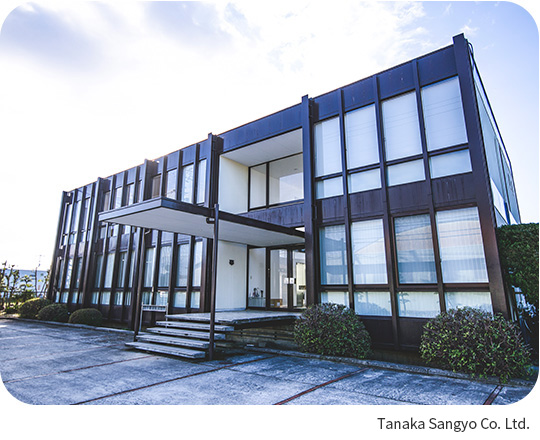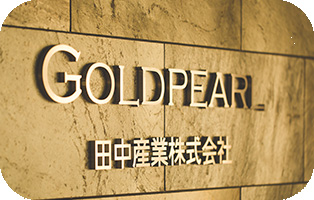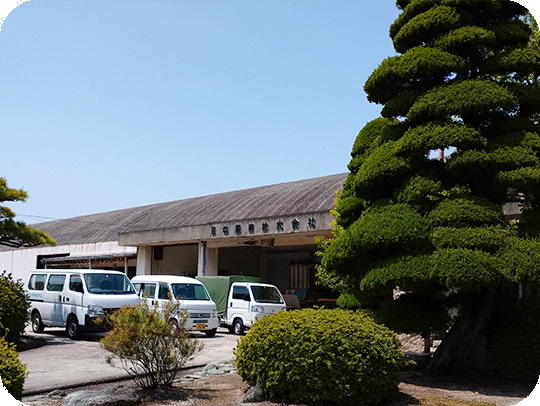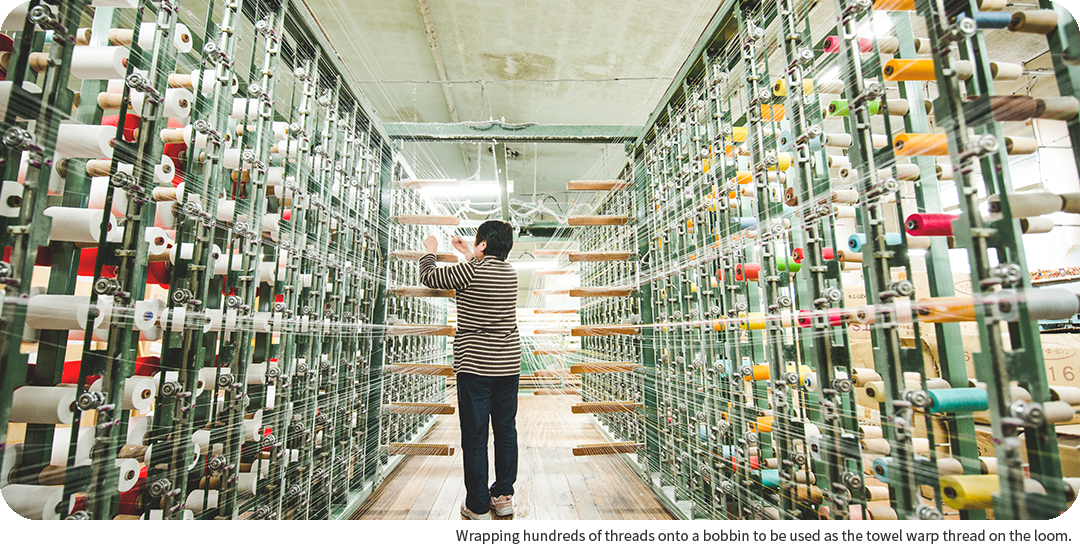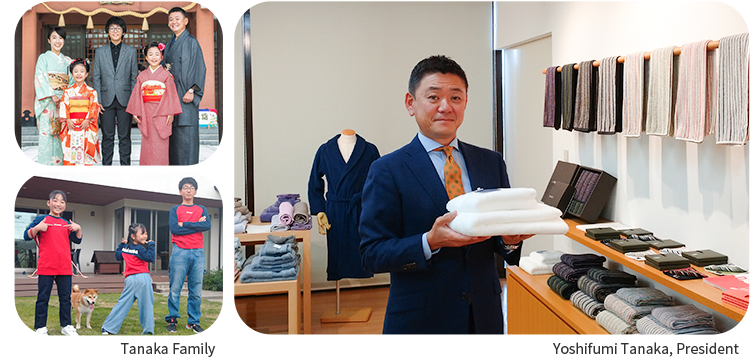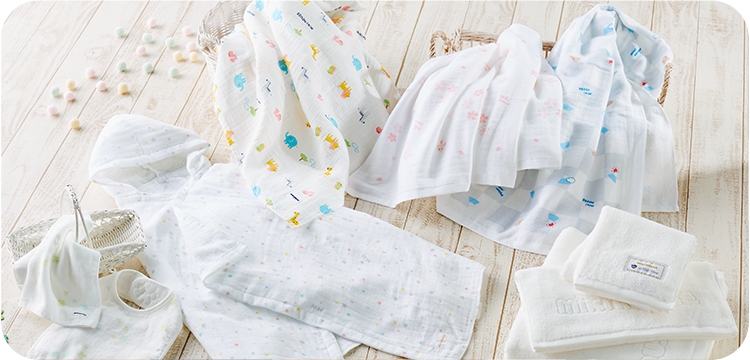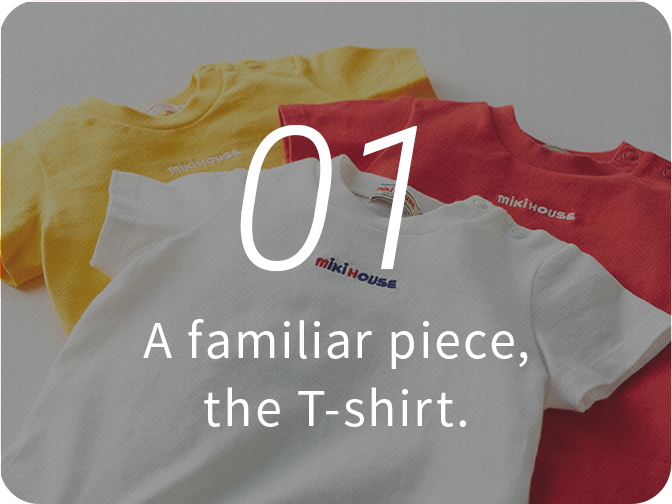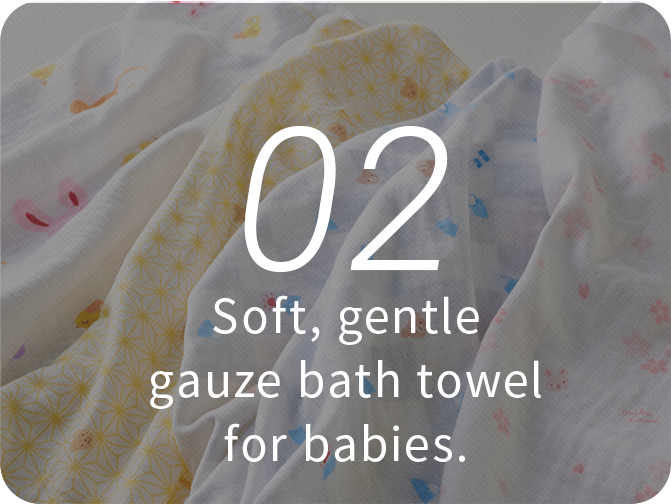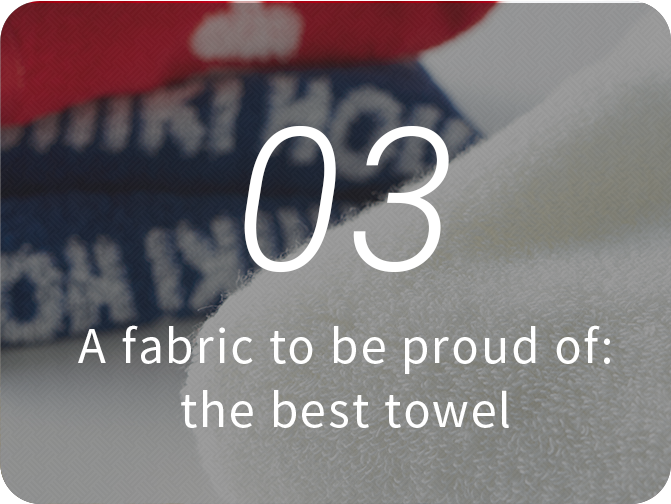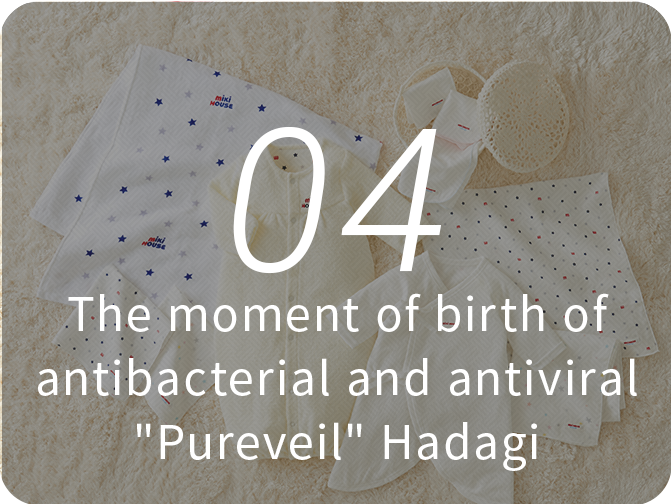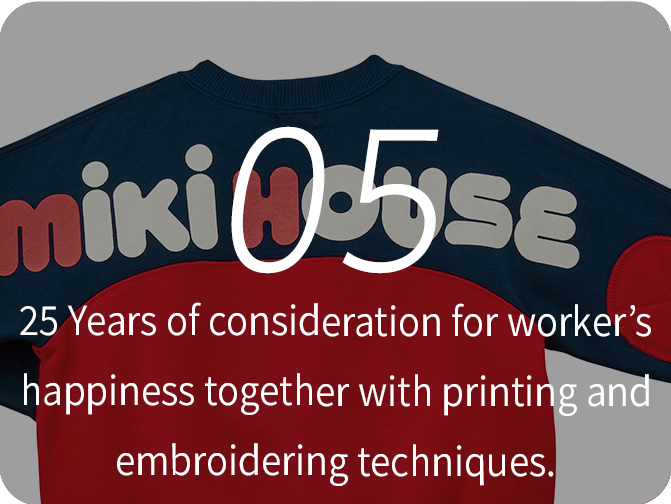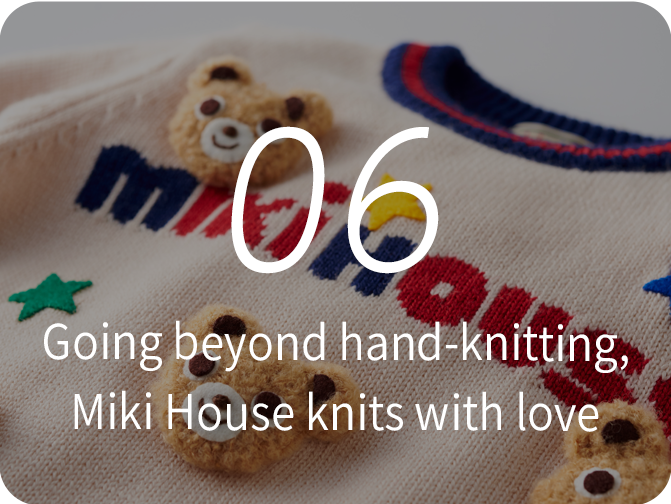“My first interaction with MIKI HOUSE was when they asked me, “Can you make a gauze swaddle?” Tanaka says. “And I thought it would be impossible,” he laughs.
Why “gauze swaddle,” when Tanaka Sangyo is a towel maker? Let’s unravel this origin story. The baby swaddle, now a hugely popular gauze bath towel, has a crucial craftsmanship secret. The story of this secret began 2 years before the creation of the Gauze Bath Towel.
To begin, the stories of MIKI HOUSE Baby Bathrobe and Baby Bath Poncho, two of MIKI HOUSE’s longtime bestsellers, must be introduced first. Imabari, located in Ehime Prefecture overlooking the Seto Inland Sea, is Japan’s number one towel producer and boasts approximately 60% of shares. Imabari Towel is a luxury towel brand well-known and beloved across the globe. Tanaka Sangyo has been operating in this area for 90 years, and is representative of the towel makers of this area.
But how did a children’s clothing brand like MIKI HOUSE become partners with a towel maker like Tanaka Sangyo? “I think it was around 1997. The opportunity arose when MIKI HOUSE was looking for a new towel manufacturer to make towels for occasion gift sets, and Kurabo Industries introduced us. I was in my 20s then, and as soon as I heard them say MIKI HOUSE, I flew straight to Osaka.”
He mentions that the name MIKI HOUSE brought fond memories of his childhood. “I have a brother 8 years younger than me, and I remember when we were young, we got MIKI HOUSE clothes at the stores in Imabari, and how cute they were.”



